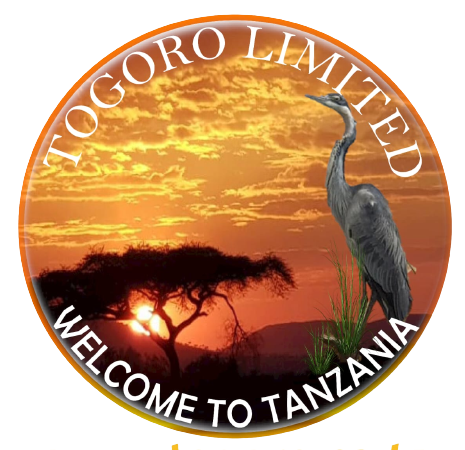TANZANIA DESTINATIONS
SERENGETI NATIONAL PARK
The parks classic scenery will make the heart go wild. Recognized as the UNESCO World Heritage Site, Serengeti is Tanzania’s oldest park. The main drawcard which makes the park a spectacular one is the Great Wildebeest Migration.
Every year, nearly 2 million wildebeest, zebra joined by other antelopes migrate from the Serengeti to the Masai Mara Reserve in Kenya. You just need to be in the right spot at the right time to witness the herd moving with a great speed covering a long distance.
In addition to this, Serengeti also offers some of the best wildlife viewing in Tanzania. All the major safari animals of the park are great in numbers. The Big Fives are easily seen here, but rhino sightings are rare, and only black rhinos are present. Aside from the big cats, many other predators can be spotted including spotted hyena (especially in the morning), jackal and bat-eared fox.
More than 350 species of birds, including ostriches, vultures, and flamingos, also call Serengeti their home.
The scenery of Serengeti is renowned among visitors because of its vast grassland plains stretching across the southeast. It’s an immense landscape and quite stunning – big sky country that feels like exclusive, untouched, unique and untamed wilderness.
Activities
Game Drive
Bird Watching
Great Migration
Ballon Safari Tour
Best Time To Visit Serengeti National Park
The best time to visit Serengeti National Park is from late June to October, as this is when you can witness the most incredible wildlife sightings, particularly the breathtaking wildebeest migration.
The timing of the migration can fluctuate annually, but the prime months to catch this natural spectacle are typically in June and July. Additionally, if you’re interested in witnessing the wildebeest calving season, plan your visit between late January and February.
To get a better understanding of the best time to visit Serengeti, it’s recommended to refer to our comprehensive guide which covers details about timing, seasons, climate, and temperatures. This will help you make the most out of your safari experience in Serengeti National Park.
Serengeti National Park is a jewel of Africa, offering an unparalleled safari experience. Its vast plains, rich biodiversity, and the awe-inspiring Great Migration make it a must-visit destination for nature enthusiasts and adventure seekers alike. Whether you’re witnessing a lion hunt, marveling at the endless herds of wildebeest, or enjoying a serene sunset over the savannah, the Serengeti promises unforgettable memories.
